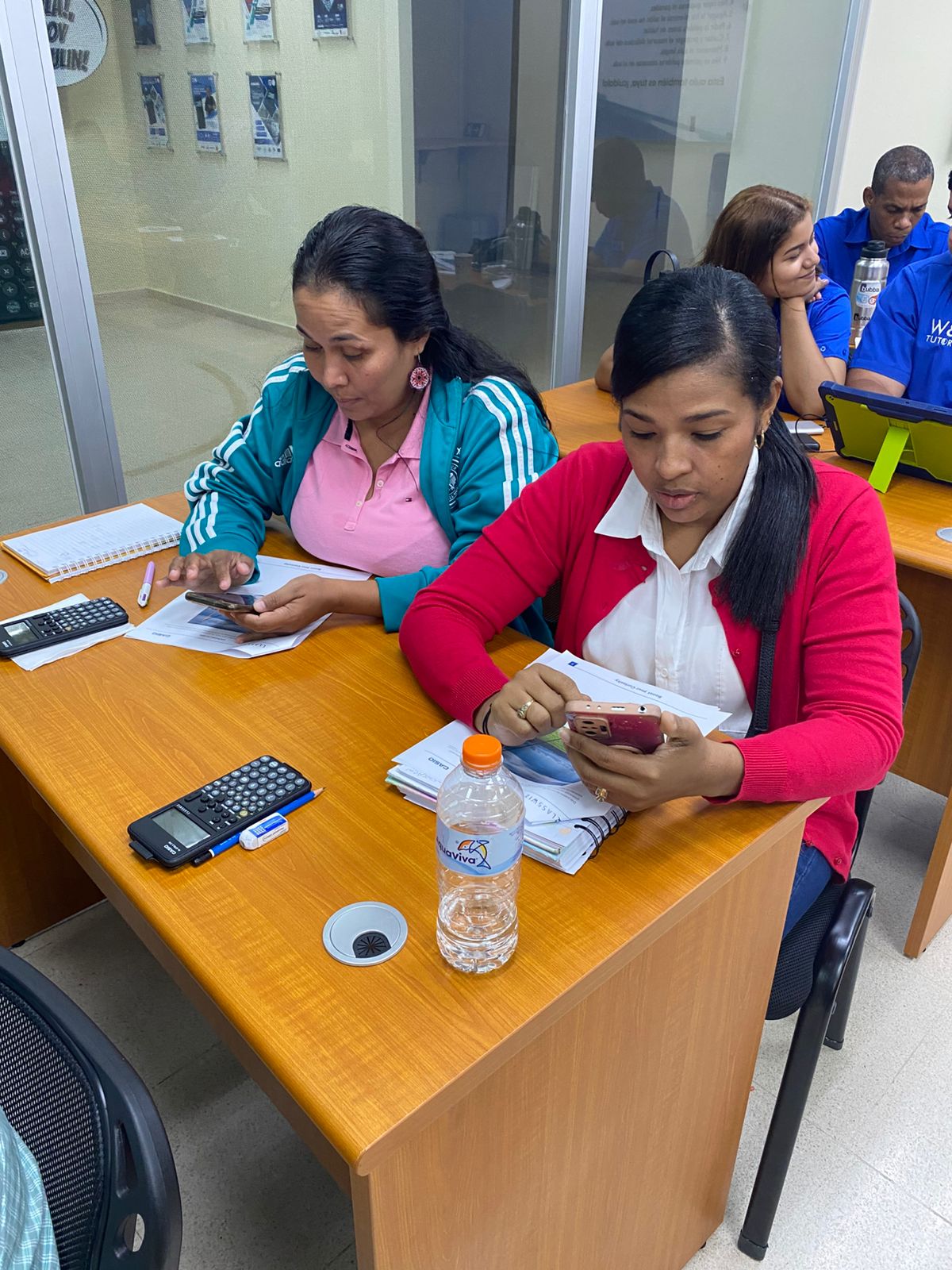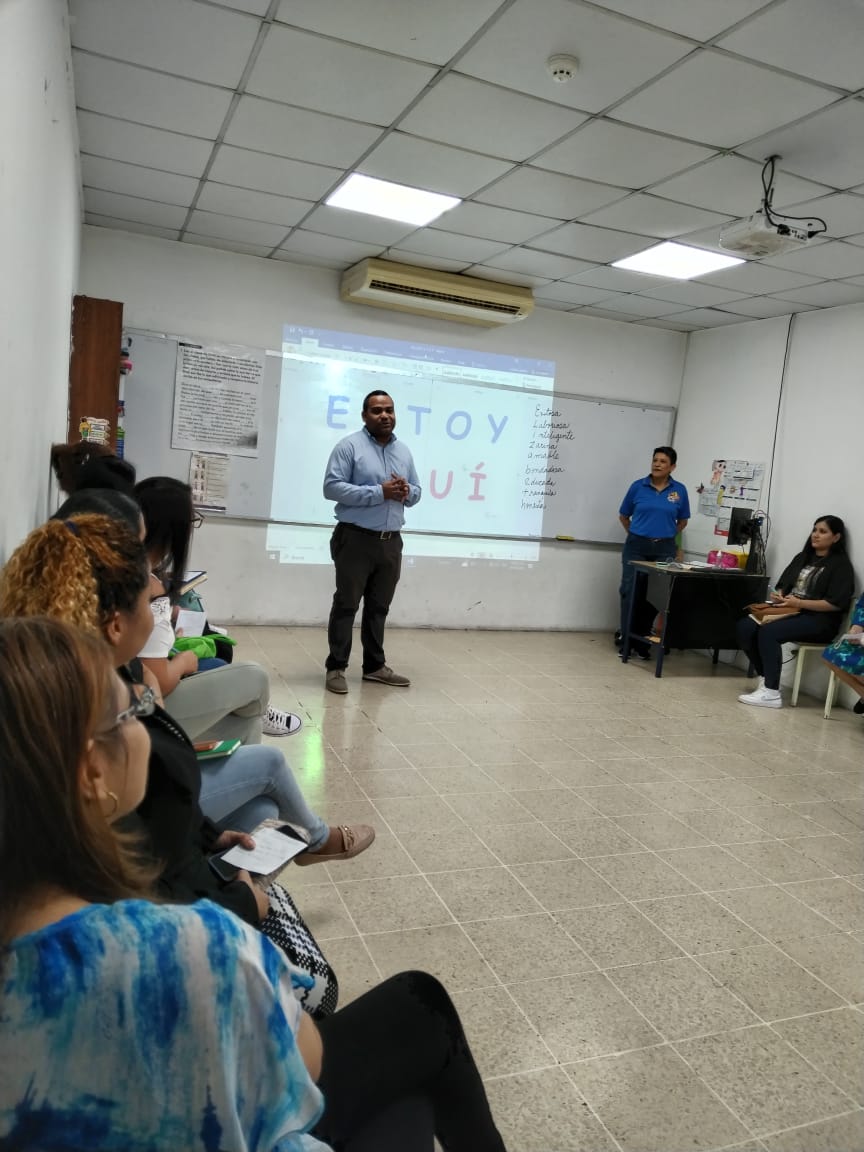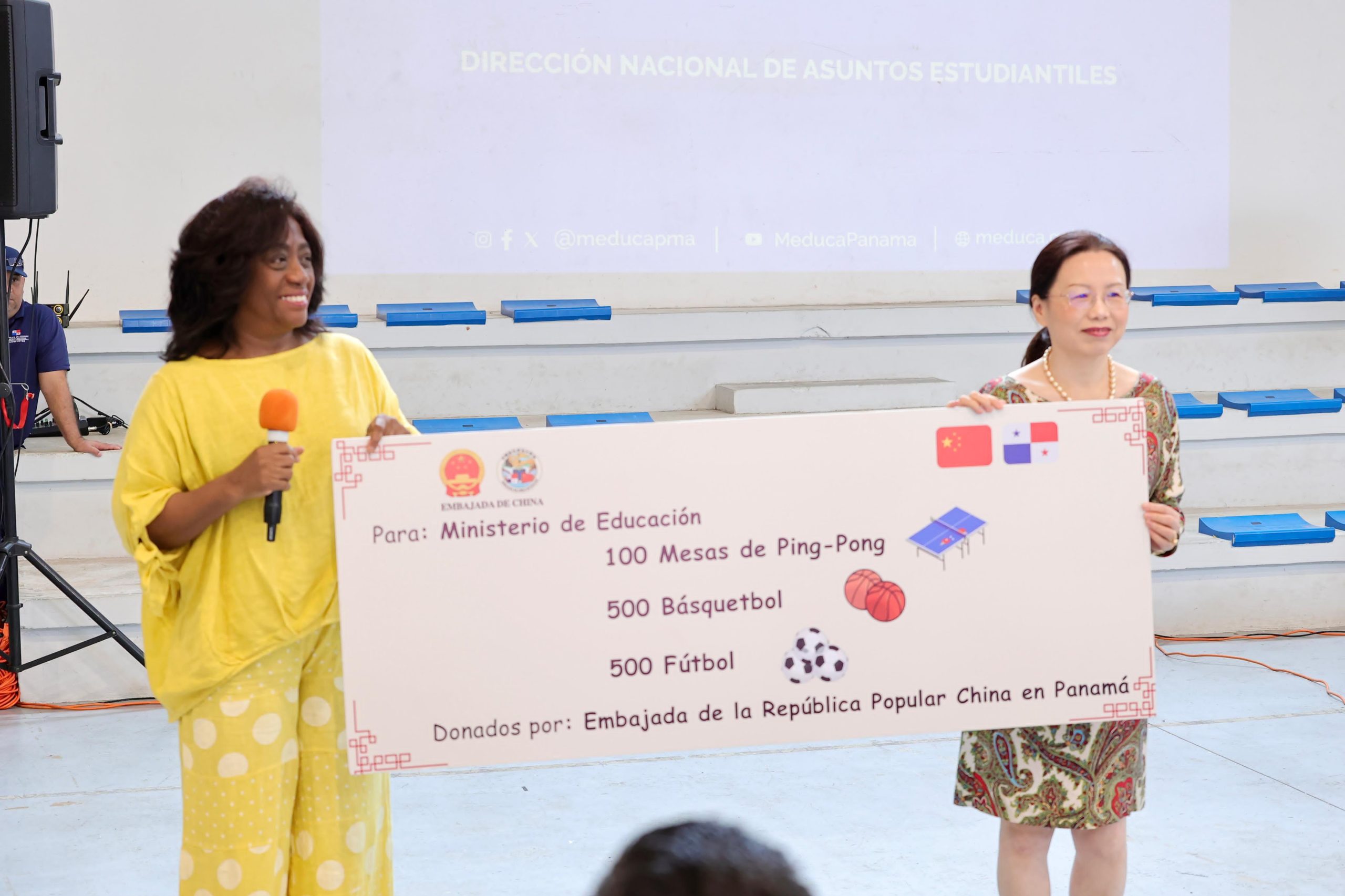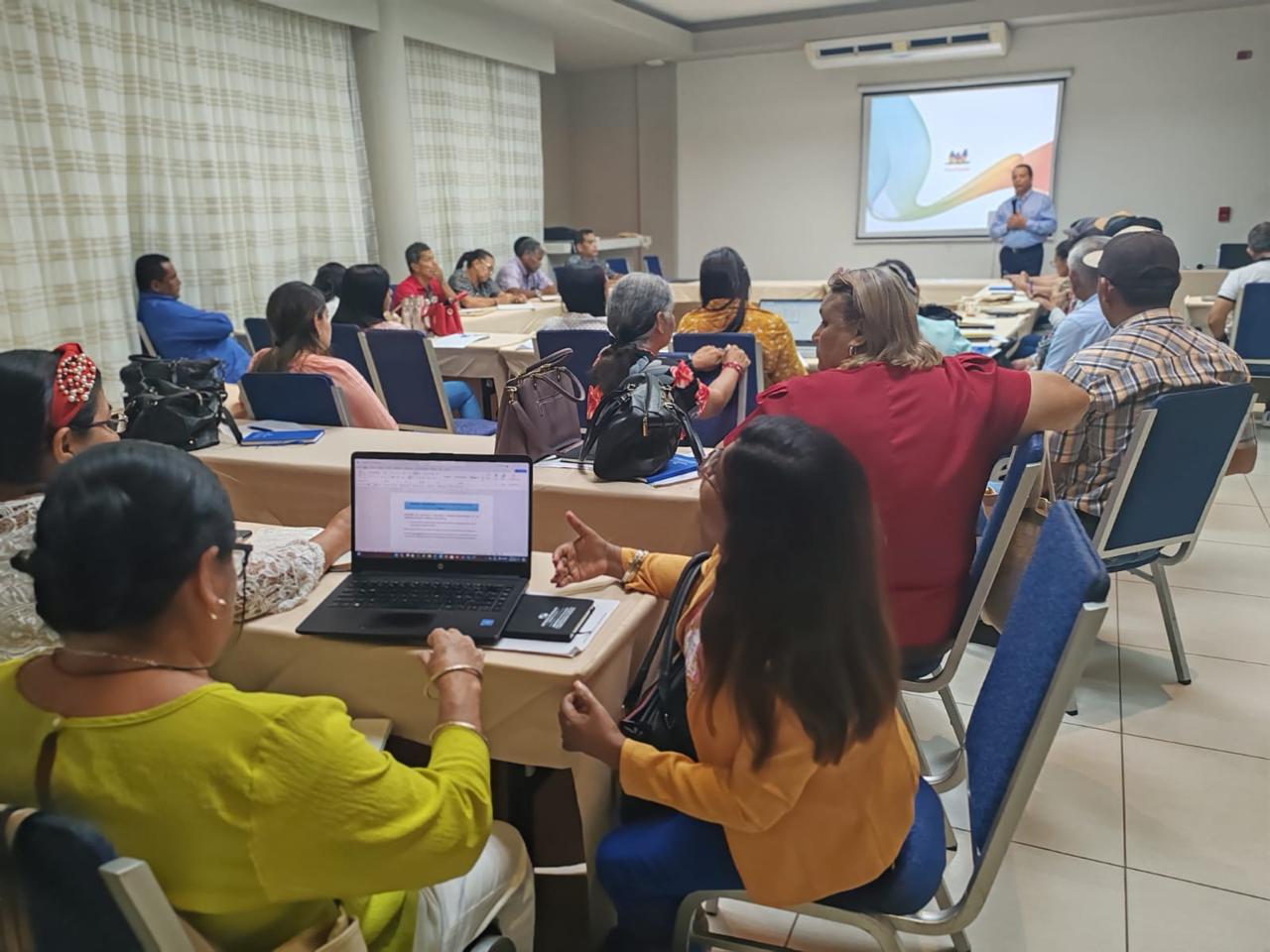
Panamá participa en encuentro de ministros de Latinoamérica
Con la participación de mes de 8 autoridades educativas se realizó el IV Encuentro de Ministros de Educación de Latinoamérica, la viceministra de Educación Académica, Agnes de Cotes, presentó









